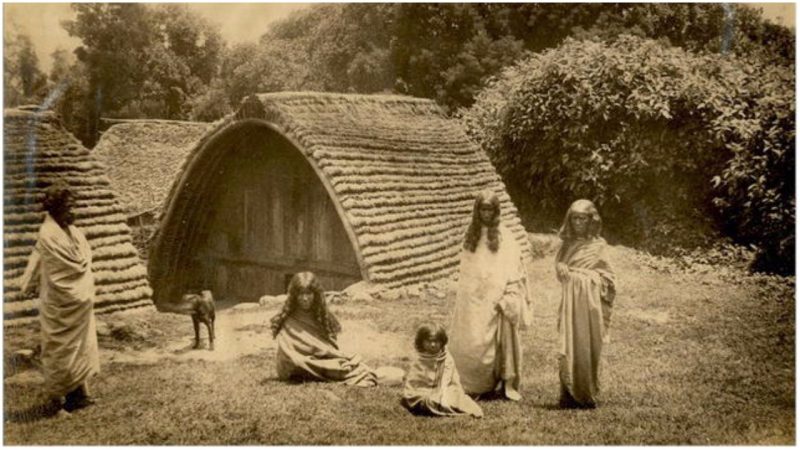Found exclusively on the secluded Nilgiri plateau in Southern India, the Todas are among the most ancient people in the country who have lived in this particular region for centuries.
Ever since the beginning of the 19th century when the Toda tribe made their first contact with Europeans, these people and their simple, yet sophisticated way of life, have captured the attention of both historians and anthropologists from all over the world.
However, to date, the question of who are the Todas and where did they come from continues to be a matter of debate among scientists and researchers. While some claim that their ancestors are the Sumerians, other believe that they are related to Greek Cypriots and the Todas themselves are convinced that they have been living on the Nilgiri hills since the earliest days of their existence. This is supported in the linguistic similarity to other ethnic groups in South India.
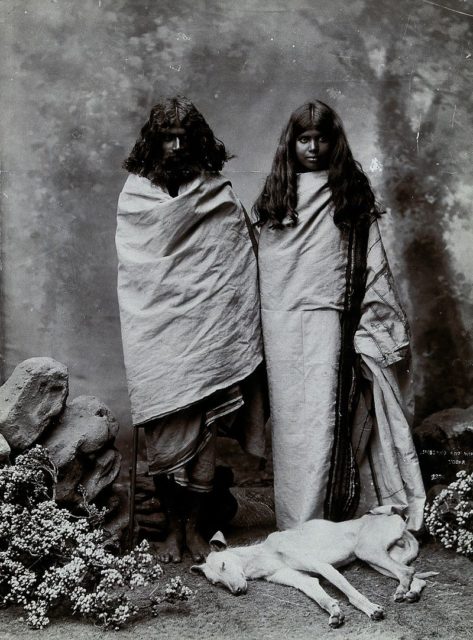
Nonetheless, what is known and scientifically proven is that the pastoral community of the Todas consists of nearly 70 settlements known as ‘munds,’ each comprised of around five half-barrel shaped huts constructed mostly of natural materials such as reed and bamboo. Additionally, every mund has a buffalo herd which is crucial for their prosperity and plays a significant role in Toda lifestyle and religion.
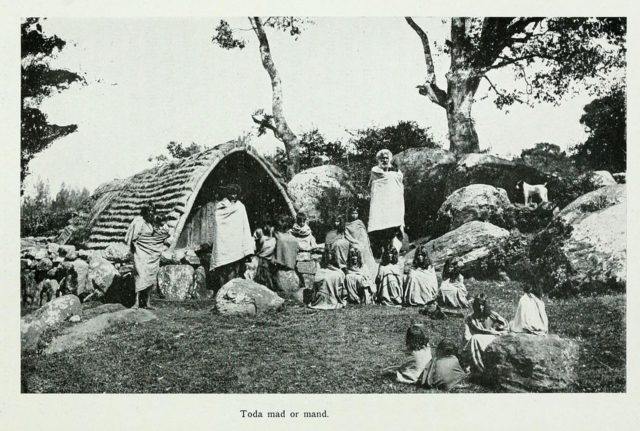
When it comes to religion, every mund has a temple in which only the priests or Toda men are allowed to enter and process the milk from the buffalo herds. They consider the buffalo to be a sacred animal and believe that God first created the buffalo and man came second. As mentioned, the buffalo is at the center of their religious beliefs which explains why it is often used in numerous religious ceremonies and rituals, including offering it as a sacrifice to gods during funerals and festivities.
Although today most of the Todas eat meat, this was not the case in the past when they were strict vegetarians, which means that if a buffalo was sacrificed in a ritual the Todas would usually leave it to nature.
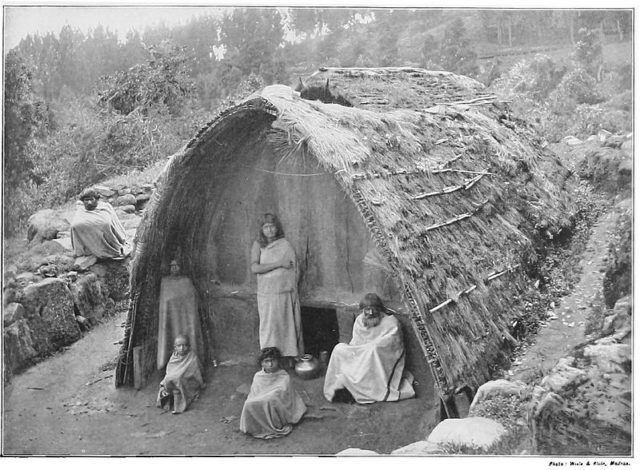
When one considers the number of people living in India today it is safe to say that the Toda tribe is nothing more than just a microscopic part of India’s various cultures, but the Toda’s, culture, religion, customs, music, art, and lifestyle are unique and that is exactly what caught the attention of social anthropologists who undertook numerous study projects about the culture and customs of these pastoral people in the past decades.
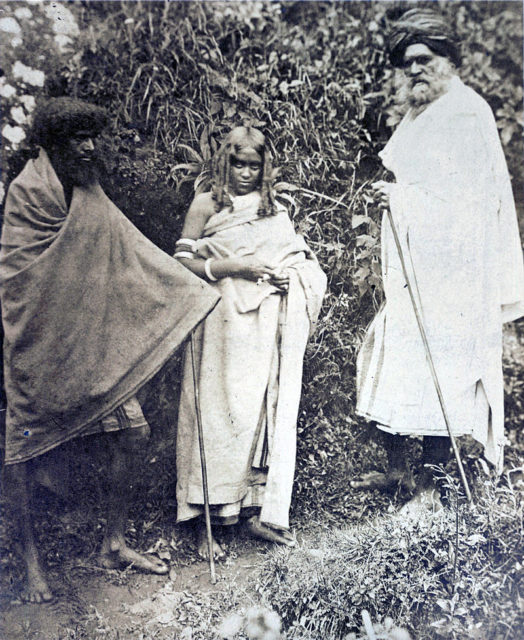
With over six feet in height, the Toda men consider themselves to be dominant in the region and they seem to be recognized as such by the neighboring people, many of whom work for the Todas.
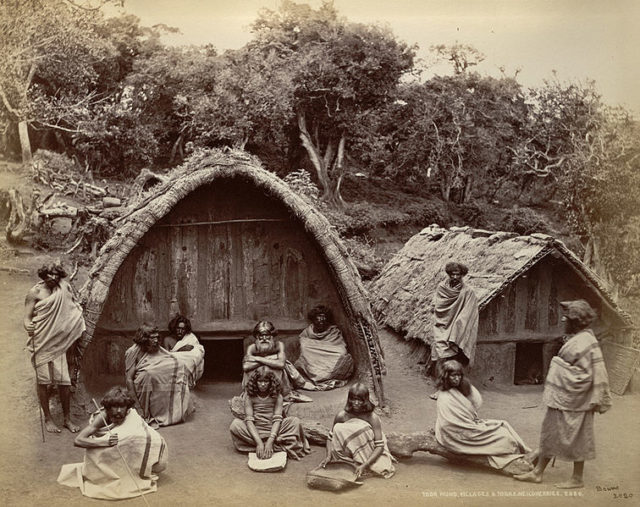
Besides the fact that the Toda people cooperate with other tribes in the area, Toda women are not allowed to marry a non-Toda male.
Fraternal polyandry was often practiced in the past, but in recent times, when many technological advances became available for the Todas and they began interacting with other people more frequently this practice seems to be in decline. Fraternal polyandry means that a Toda woman marries all the brothers of a certain family and lives with them in a single hut. What also sets the Toda tribe apart is the fact that biological fatherhood is less important than sociological and the one who proclaims himself the sociological father of the child is considered to be the legitimate father.
By the end of the 20th century, some Toda pasture land was overtaken by outsiders who used it for agriculture. Knowing that buffalo herds are crucial for the existence of the Toda people one can easily conclude that this has endangered Toda society and their culture, as vast buffalo herds have been diminished in the region.
